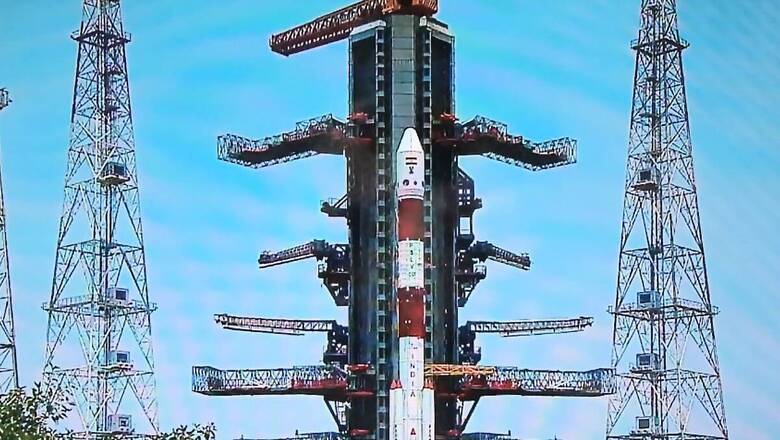
views
After the success of the Chandrayaan–3 lunar mission, the Indian Space Research Organisation (ISRO) is gearing up to launch its new mission, the Aditya L1 solar mission, on September 2 at 11.50 AM from the Sriharikota spaceport in Andhra Pradesh.
According to the Indian space agency, the launch of Aditya-L1 is the first space-based Indian observatory to study the Sun. ISRO said that the Aditya L1 spacecraft/PSLV-C57 rocket is designed to provide remote observations of the solar corona and in situ observations of the solar wind at L1 (Sun-Earth Lagrangian point), which is about 1.5 million kilometres from the Earth.
It will allow the spacecraft to view the sun round-the-clock without any eclipse. This will provide a greater advantage in observing solar activities and its effect on space weather in real-time.
When Will The Aditya L1 Solar Mission Be Launched?
Aditya L1 spacecraft is scheduled to lift off at 11.50 AM IST, on September 2, from Sriharikota in Andhra Pradesh.
Where, How To Watch Aditya L1 Solar Mission Launch?
The live telecast of the Aditya-L1 solar mission will begin at 11.50 AM (IST) on Saturday. Live actions will be available on the ISRO website, its YouTube channel, Facebook, and DD National TV from 11.50 AM (IST) on September 02. You can also visit the News18 website to get the latest updates on India’s solar mission.
All You Need To Know Aditya L1 Solar Mission
According to ISRO, the Aditya-L1 spacecraft is carrying seven payloads to observe the photosphere, chromosphere, and the outermost layers of the Sun (the corona) using electromagnetic particle and magnetic field detectors.
Using the special vantage point L1, four payloads directly view the Sun and the remaining three payloads carry out in-situ studies of particles and fields at the Lagrange point L1, thus providing important scientific studies of the propagatory effect of solar dynamics in the interplanetary medium
The suits of Aditya L1 payloads are expected to provide the most crucial information to understand the problem of coronal heating, coronal mass ejection, pre-flare and flare activities and their characteristics, dynamics of space weather, propagation of particles and fields, etc.














Comments
0 comment